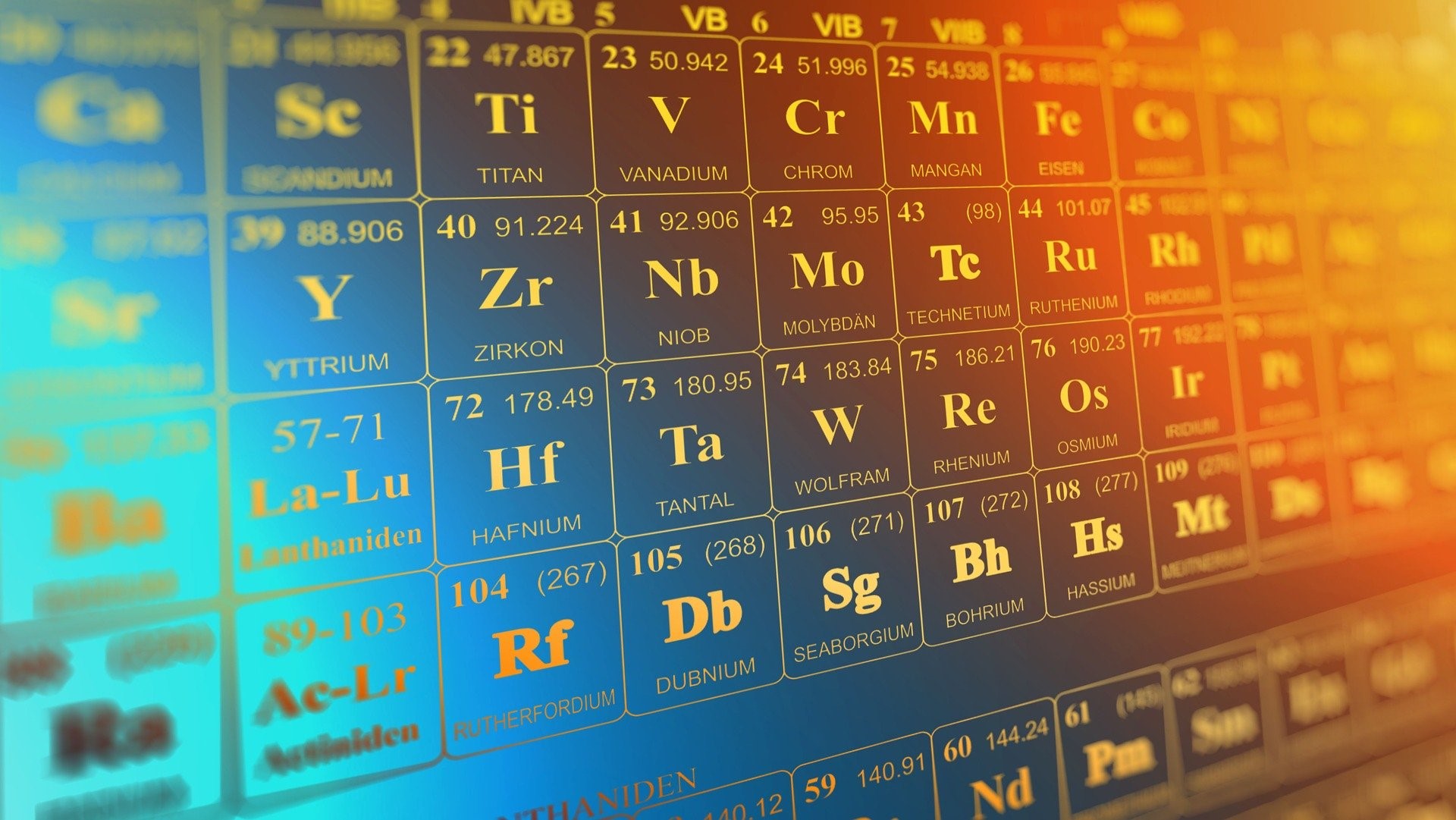CHEMICAL NOMENCLATURE
Naming and writing Formula of chemical compounds:
Chemical compound has two parts = + and – sides A+B–
A Compound is made of two or more different elements.
Positive side is original name of element as appears on periodic table. Positive side usually named first before negative side
Negative side is original name on periodic table but modified at the endings e.g. ine or gen becomes [ide]
NaCl = Is made up of sodium and chlorine therefore name = Sodium Chloride
MgO = Magnesium and Oxygen = Magnesium Oxide
Elements in compounds have charges or valency or OXIDATION states = Group Number on Periodic table.
Charge of group: 1,2,3,4,5,6,7,8 is fixed. Don’t show charge in name.
Transition elements: Have variable charges therefore show charge number as Roman numeral in brackets between positive and negative.

IMPORTANT NOTE : TOTAL CHARGE ON COMPOUND = SUM OF ALL CHARGES OF ATOMS IN A COMPOUND = ZERO
BINARY COMPOUNDS
2 main elements in compound.
Binary compounds of main group elements [1 …8].
Positive side first, negative side [ide]
HCl, HF, NaCl, MgO, AlN, Na2O, Mg3N2, Al2O3 ,
Hydrogen Chloride
Sodium Chloride
Magnesium oxide
Aluminum nitride
Sodium oxide
Magnesium nitride
Aluminum oxide
Binary compounds of transition elements.
Write name of positive side first
Write the charge of transition element in Roman numeral in brackets after name of transition element.
Write negative side [ide] last.
Use the charge of the negative side (fixed) to find the charge of the positive side e.g. HgO , Hg2O , CuN3 , CuO , Cu2O , FeCl2 , FeCl3
Total charge on HgO = 0, Charge of Oxygen fixed = -2, therefore charge of Hg =+2 Roman numeral II, Name of compound=Mercury(II)oxide
Total charge on Hg2O = 0, Charge of Oxygen fixed = -2 therefore charge of Hg =+1, Roman numeral I, Name of compound=Mercury(I)oxide
Name the rest of the compounds
POLYATOMIC COMPOUNDS
Have polyatomic ions
[ SO32- = Sulfite] , [SO42-= Sulfate] , [CO32-=Carbonate] ,
[CN-=cyanide] , [PO4-3=Phosphate] , [NO3–=Nitrate], [NO2–=Nitrite] [NH4+= Ammonium] , [ClO3– =Chlorate]
Compounds:
Naming or formula writing is similar to binary compound
Total charge = 0
Sodium Chlorate = NaClO3
Ammonium Chloride = NH4Cl
Use brackets if more than one ion is present
e.g.Calcium nitrate = Ca(NO3)2
CuClO3 , Cu(ClO3)2 , FeSO4 , Fe2(SO4)3
Charge on CuClO3 compound = 0 , Charge on chlorate ion ClO3 =-1 [Fixed] charge on Cu = +1 Roman numeral [I] name of compound = Copper(I)chlorate
Charge on Cu(ClO3)2 compound = 0 ,Charge on chlorate ion ClO3 =-1 [Fixed] charge on Cu = 0 –[-1×2]=+2 Roman numeral [II] name of compound. Name of compound = Copper(II)chlorate
Name the remaining compounds.
Non-metal compounds
Name positive side with name on periodic table
Negative side end to ide.
Use prefixes e.g. di=2, tri=3, tetra=4 , penta=5 ,hexa=6 for number of elements more than one
Mono = one [can ignore mono sometimes]
N2O, NO, N2O4, CO2 , CO , H2O , CCl4, PCl5
Dinitrogen monoxide
Nitrogen monoxide
Dinitrogen tetraoxide
Name the rest.
ACIDS
Have hydrogen as positive ion. E.g. HCl , HCN
- Write name of positive side Hydro and then negative side ending ide changes and becomes ic acid. E.g. Hydrochloric acid , hydrocyanic acid
If Acid contains polyatomic ion with ate ending, ignore hydro and then change ending ate to ic acid. e.g. H2SO4, H3PO4
Sulfuric acid , Phosphoric acid
If Acid has name of polyatomic ion with ite ending . Change ite changes to ous acid . e.g. H2SO3 , HNO2
Sufurous acid , Nitrous acid .


